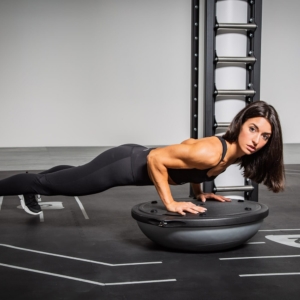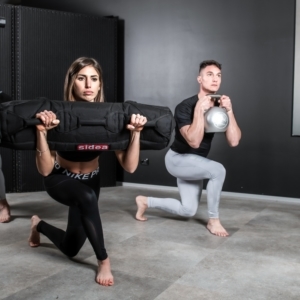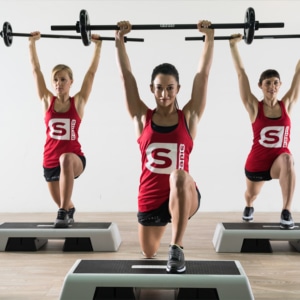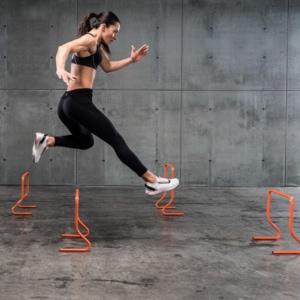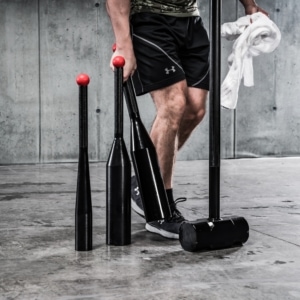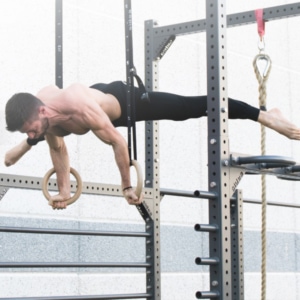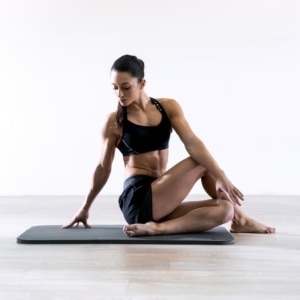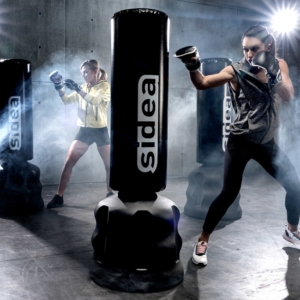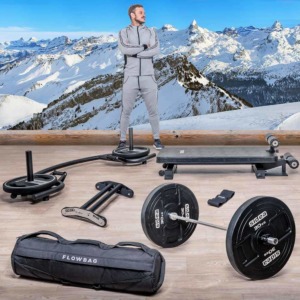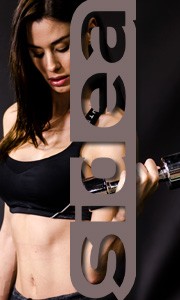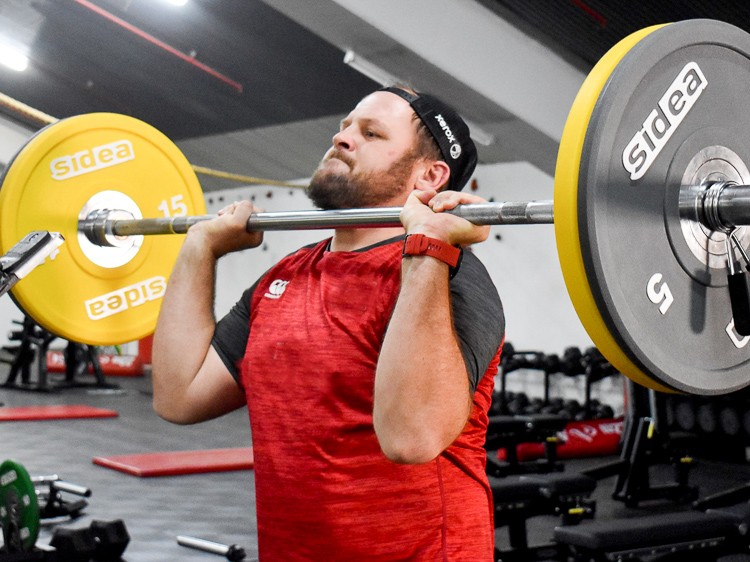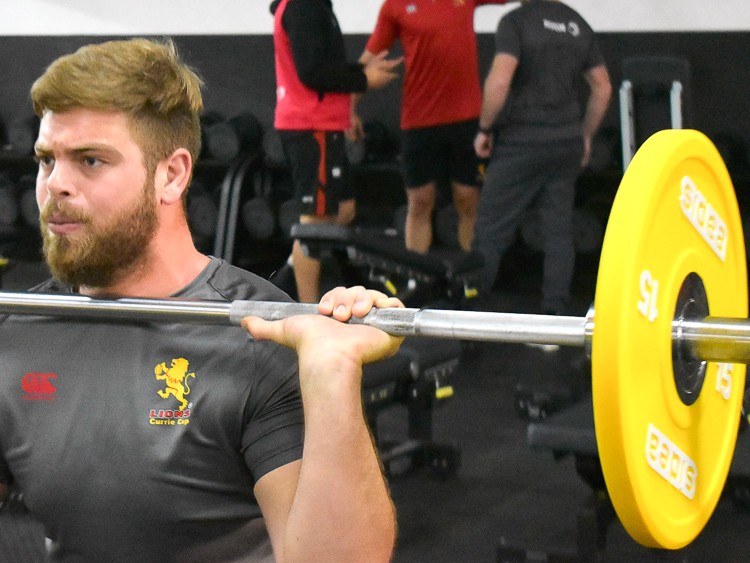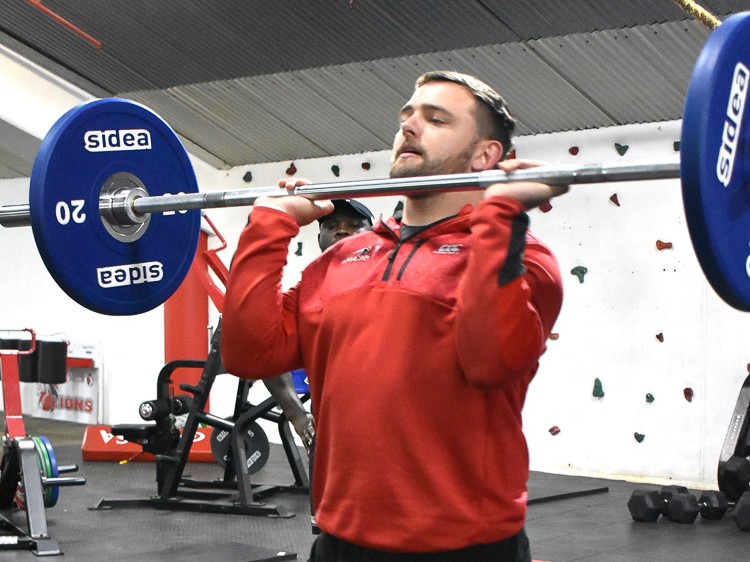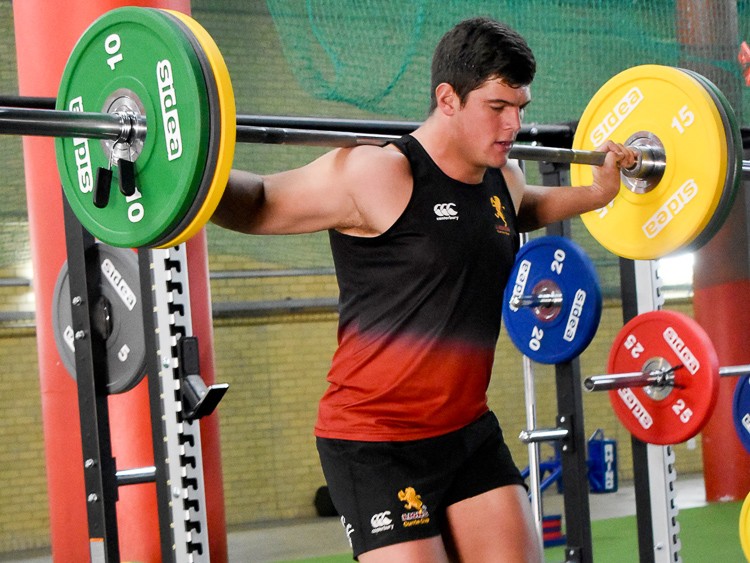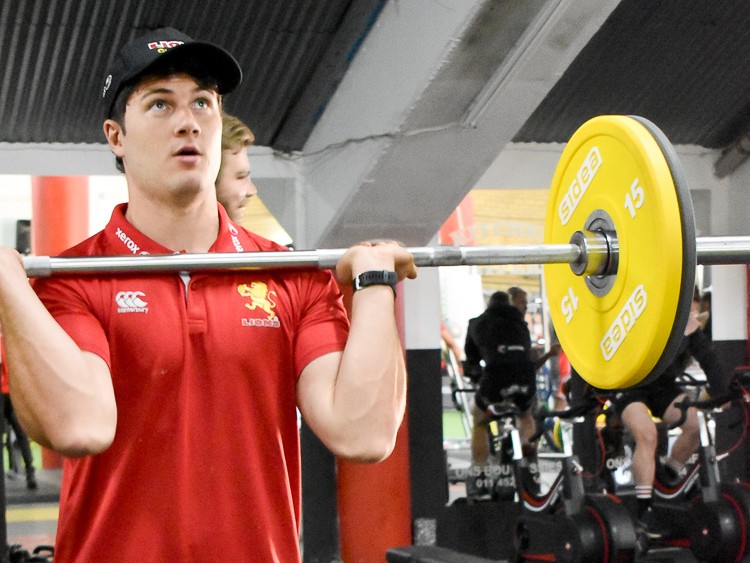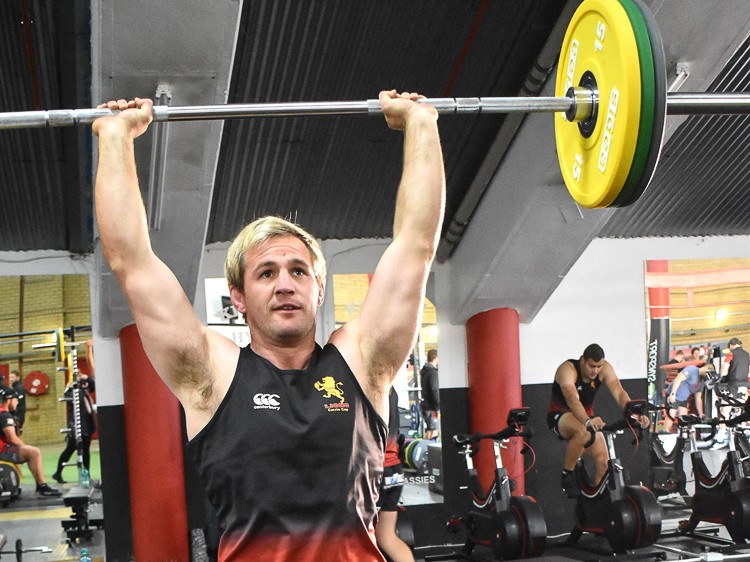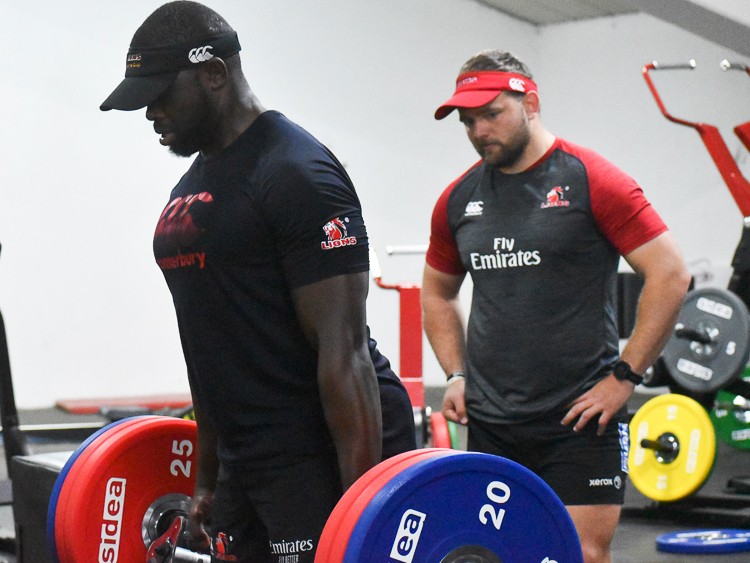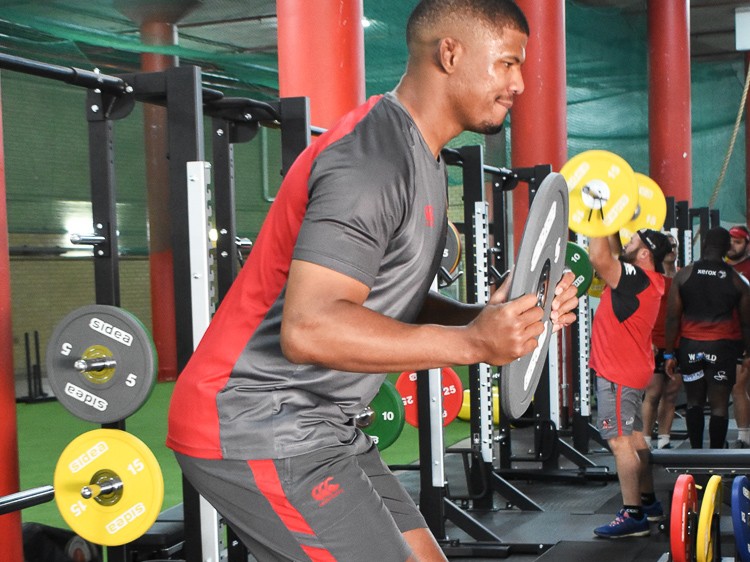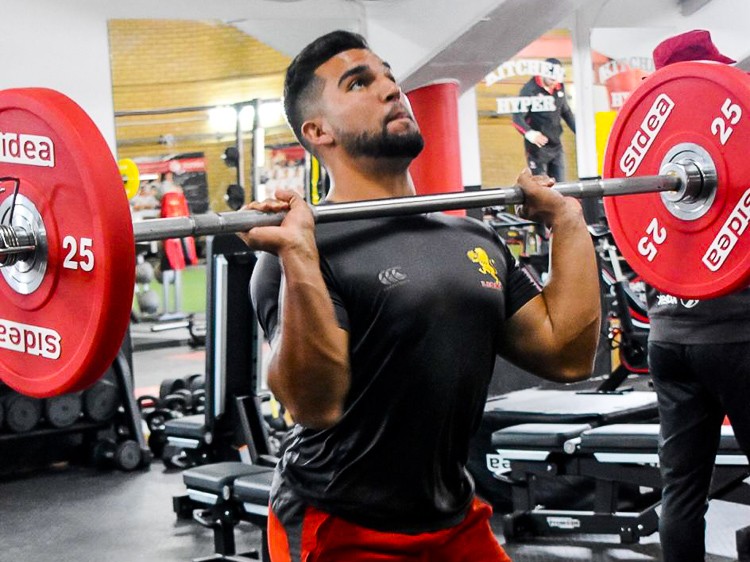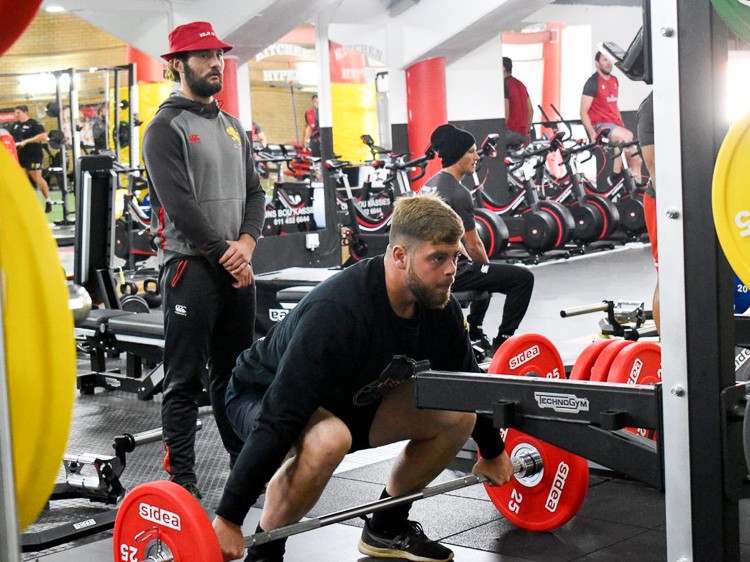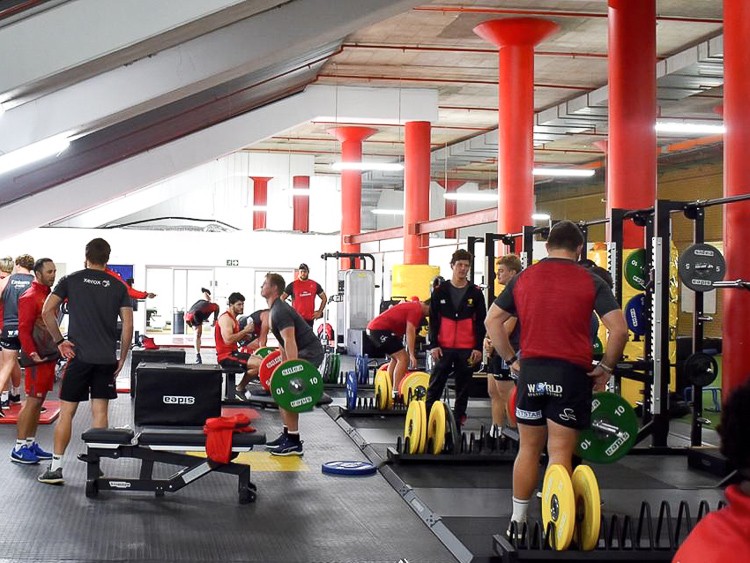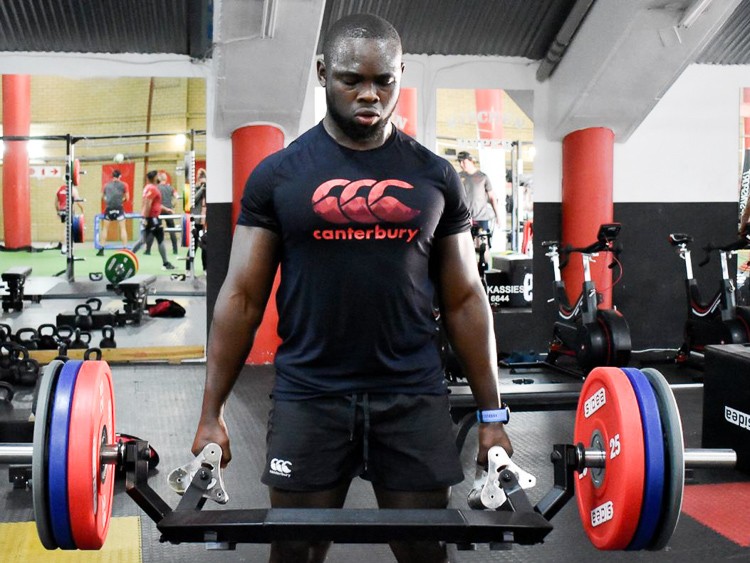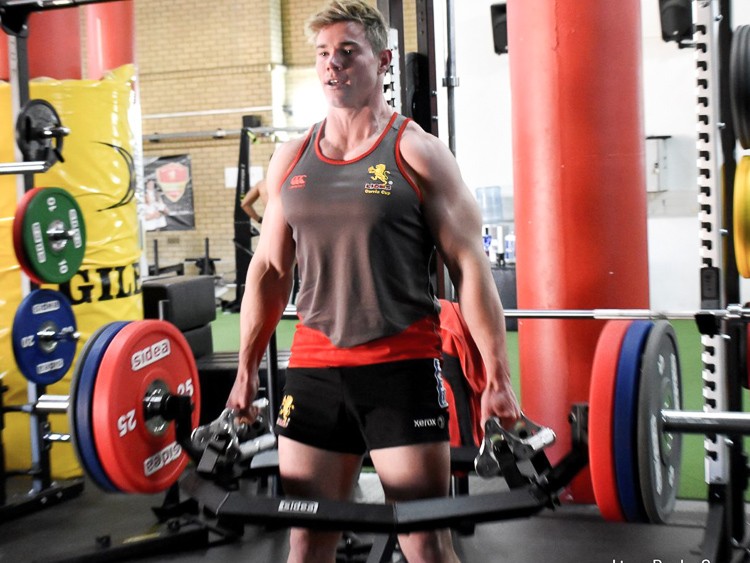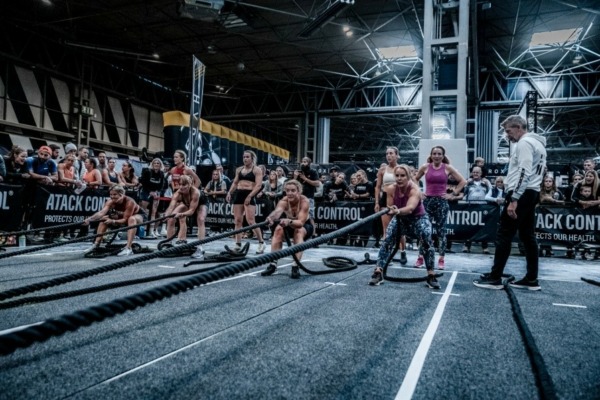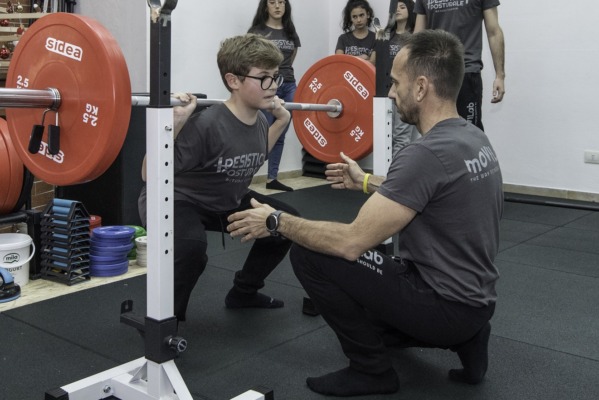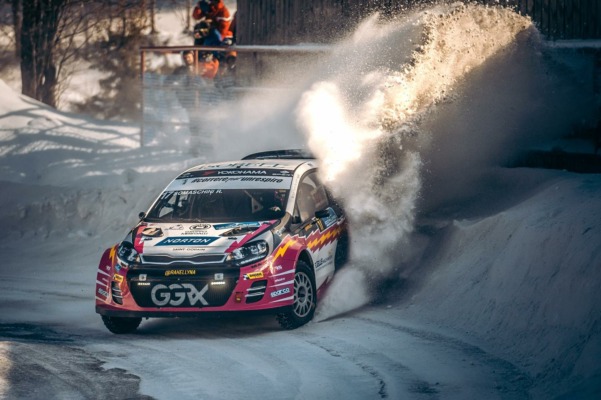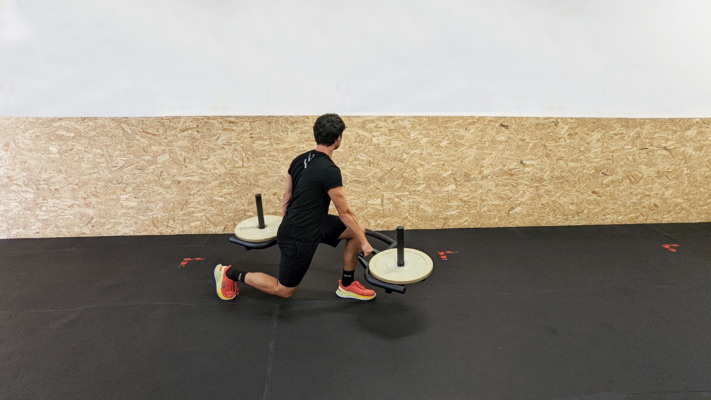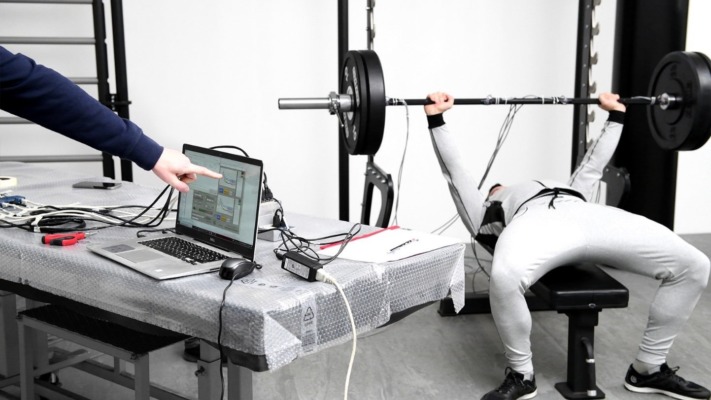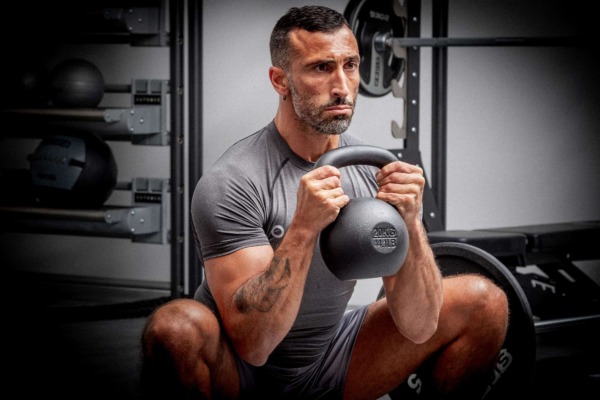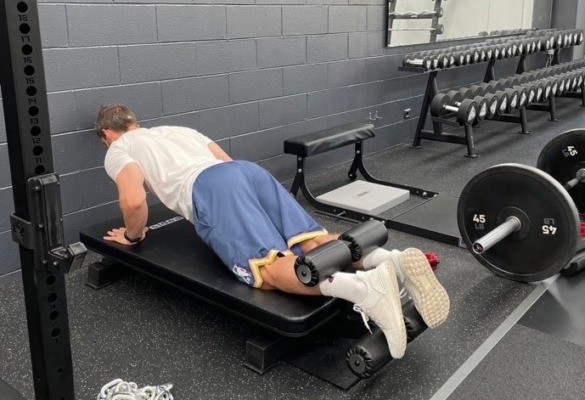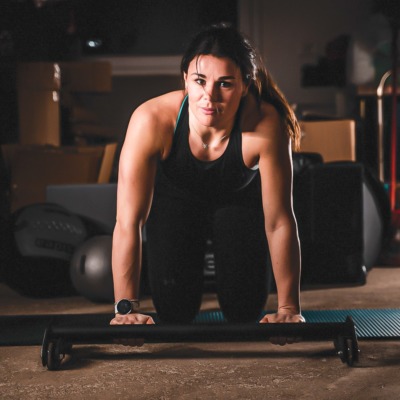🇮🇹 Leggi in italiano
Rugby is described as a situational team sport, where the dynamics of the single match determines the specific tactical, energetic and physical requests, although it has very definite rules. In this context, it is still possible to identify two main characteristics of this sport in order to set consequently an adequate athletic preparation for rugby:
- Physical contact: not only it is admitted (if respecting specific rules, like not over the line of the shoulders and not on players who does not have the ball), but it is an essential part of the game, in the phase of tackling an opponent in order to not allowing him to reach the try-line.
- Ball passing: it can be done only backwards, which complicates the development of the offense plays and the relative energetic request. The only possibilities for moving the ball forward are to keep it and run or to kick it with the feet.
Essential physical features for rugby
Thanks to this short introduction, we can already define some essential physical features that a rugby player should have:
- Important physical structure, in order to resist to the “violent” impact of the tackles
- Speed and Power abilities, to reach important accelerations
- Joint stabilization ability of the whole body, in particular concerning the knees and the ankles during the decelerations and changes of direction
- Both aerobic and anaerobic muscular endurance, to be clear-headed and ready for the whole duration of the match (two halves of 40 minutes each)
In summary, the rugby player, besides the specificities of the different roles on the pitch, should be big, fast, explosive, clear-headed and reactive. If these features must be built and trained through a proper scheduling of the preparation during the whole duration of the season, in a single match the player needs an excellent mix between two conditional abilities that can be considered exactly the opposite of each other, Endurance and Power, but that in such a complex sport as rugby must be perfectly integrated in what results to be the essential ability for this game: the Power Endurance.
Here is a gallery of the players of the Lions, a South African team that compete in the Super Rugby league and who trains with Sidea functional tools:
© Lions Rugby Company
Rugby athletic preparation: the Training Systems
To train the Power Endurance, the most common techniques are mainly two:
- Interval Training: every exercise is followed by a short period of rest and then by the subsequent exercise (generally, the resting intervals’ duration should be the half of the working ones’)
- Circuit Training: the exercises succeed each other with no resting time between them (the rest is at the end of the whole set of exercises)
Which one of these methods is better for rugby preparation? The ideal solution, basing on the season scheduling of the preparation, could be to start with a Strength Meso-cycle (with specific techniques for boosting the levels of maximum strength) and then to pass to a Power Endurance one, where to alternate cyclically Interval Training and Circuit Training sessions, also basing on the choice of the exercises and on the available training tools.
If for example you set an Interval Training (20:10 or 30:15), composed by 6 exercises for a total of 4 sets, you could choose 6 specific exercises to improve the Power, with free-body plyometric exercises and ballistic exercises with tools like barbells, kettlebells, clubs etc..
In case you choose a Circuit Training, you could keep the 6 exercises for a total of 4 sets, but, considering that there is no resting time between the exercises (until the end of one set), you could concatenate Strength and Power exercises, in order to have a more efficient neuro-motor transfer and a better freshness on the development of the Circuit Training.
The most useful tools for rugby athletic preparation
Among the training tools that have the optimal features for a rugby team athletic preparation, the ones that should never miss are:
- Olympic Barbells: to develop the Maximum Strength (Squat, Deadlift, Flat Bench, Overhead Press, Overhead Squat) and of the Maximum Power (Clean, Clean & Jerk, Push Press, Snatch).
- Kettlebells: to condition the Power (Swing, Snatch, Clean & Push Press, Thruster), of the Strength and the Stability (Overhead Squat, Windmill) and also suitable for Circuit Training sessions on Power Endurance.
- Si-Clubs: perfect to boost the entire scapular articulation in all three movement plans and to create a strong and stable structure to resist to the tackles, but also to work on the transverse plan in order to condition the changes of direction.
- Gym Sled and Big Tubing: to transform the Strength in Explosive Strength and Fast Strength
- Flying Suspension Training and Flowbag: to work on the Core and on the joint stabilization (Flying is also excellent to make global Joint Mobility exercises for the myofascial chain before and after the main part of the workout).
- Foam Roller: for the myofascial stretching which is essential after the workout.
Here is a short video in which you can watch a combination of exercises that can be used to train the Power Endurance for situational sports like rugby:


